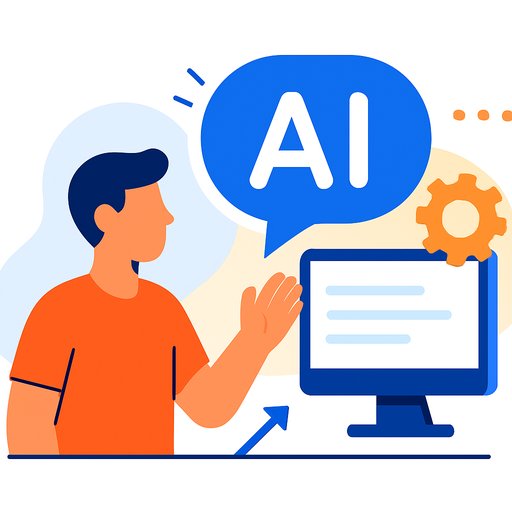Microsoft steps out from OpenAI's shadow and stakes a claim on "humanist superintelligence"
Microsoft has removed the handbrake on its own frontier AI work. After years of constraints tied to its OpenAI partnership-limits that even capped model training size in FLOPS-the company has formed the MAI Superintelligence Team, led by Microsoft AI CEO Mustafa Suleyman.
The target: humanist superintelligence (HSI). In plain terms, that means pushing AI well beyond today's capabilities while keeping people's interests at the center. The pitch is simple: build the most advanced systems possible, but keep them safe, controllable, and useful in everyday life and work.
From limits to a "best-of-both" setup
The Microsoft-OpenAI agreement previously blocked Microsoft from training models past a defined compute threshold and from pursuing AGI directly. That's changed. Microsoft is now investing heavily in its own chips and research culture to pursue the absolute frontier-while still extending its OpenAI relationship to get early access to their best models.
Suleyman describes it as a "best-of-both" environment: freedom to build internally and ongoing collaboration externally. He's clear it will take years to fully mature, but it's now a stated priority.
Positioning against rivals: "humanist," not hype
Plenty of companies have started calling their efforts "superintelligence." Meta even rebranded a division to Meta Superintelligence Labs, and startups like Safe Superintelligence have emerged to focus on controllability. OpenAI has said it sees a path to AGI and is looking beyond it. Microsoft's angle is different: emphasize human outcomes, reject doomsday vs. booster binaries, and build steadily with guardrails.
Whether true "superintelligence" is even achievable is still debated. The term is more branding than science right now. But the talent and compute stacking up behind it are real.
Who's building it
Karén Simonyan will serve as chief scientist of the Humanist Superintelligence team. He joined Microsoft alongside Suleyman in 2024, bringing over key researchers from Inflection. The group also includes hires from Google, DeepMind, Meta, OpenAI, and Anthropic.
Speed with guardrails
Microsoft says it will ship fast but hold back capabilities that aren't ready. Suleyman supports acceleration-especially for the U.S. and its allies-while staying alert to risks like misinformation, social manipulation, and autonomous agents acting outside human intent. The mandate: go as fast as safety allows.
What this means for IT leaders and developers
- More model choice: Expect Microsoft-first models competing alongside OpenAI's in Azure and Copilot. Plan for multi-model strategies.
- Contract optionality: Negotiate flexibility for switching or blending models across vendors as performance and pricing shift.
- Infrastructure planning: Watch GPU/TPU availability, quotas, and region support. Capacity will swing as frontier training ramps.
- Security and governance: Prepare for stronger policies on data residency, model evaluation, red-teaming, and incident response.
- Agent controls: If you use autonomous tools, enforce human-in-the-loop review, rate limits, capability whitelists, and audit trails.
- Cost engineering: Treat inference like cloud spend: set budgets, cache aggressively, batch workloads, and downshift to smaller models when possible.
- Evaluation first: Build an evaluation harness with task-specific metrics, safety tests, and regression checks before scaling usage.
- Data strategy: Strengthen RAG pipelines, document provenance, and classify sensitive data early. Garbage in still means garbage out.
Practical next steps
- Create a thin abstraction over model providers to swap APIs without rewriting your stack.
- Stand up a model leaderboard for your use cases (accuracy, latency, cost, safety), updated weekly.
- Define approval tiers for capabilities (read-only, write, execute) and require reviews to move up a tier.
- Deploy safety checks: jailbreak tests, prompt-injection scans, content filters, and monitored fallbacks.
- Train your team on prompt design, evals, and AI security. If you need a starting point, see curated learning paths by job role at Complete AI Training and popular AI certifications at this resource.
Context, minus the buzzwords
Superintelligence remains a hypothesis. AGI-a system as capable as an individual human across most cognitive tasks-hasn't been released by anyone yet. If you want a neutral primer on the concept, see this overview.
What matters today: Microsoft can now build bigger models on its own terms, it's hiring like a company that means it, and it's committing to ship with safety constraints. For teams in IT and development, the opportunity is to gain leverage while keeping control of cost, risk, and vendor lock-in.
Your membership also unlocks:






